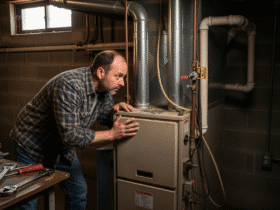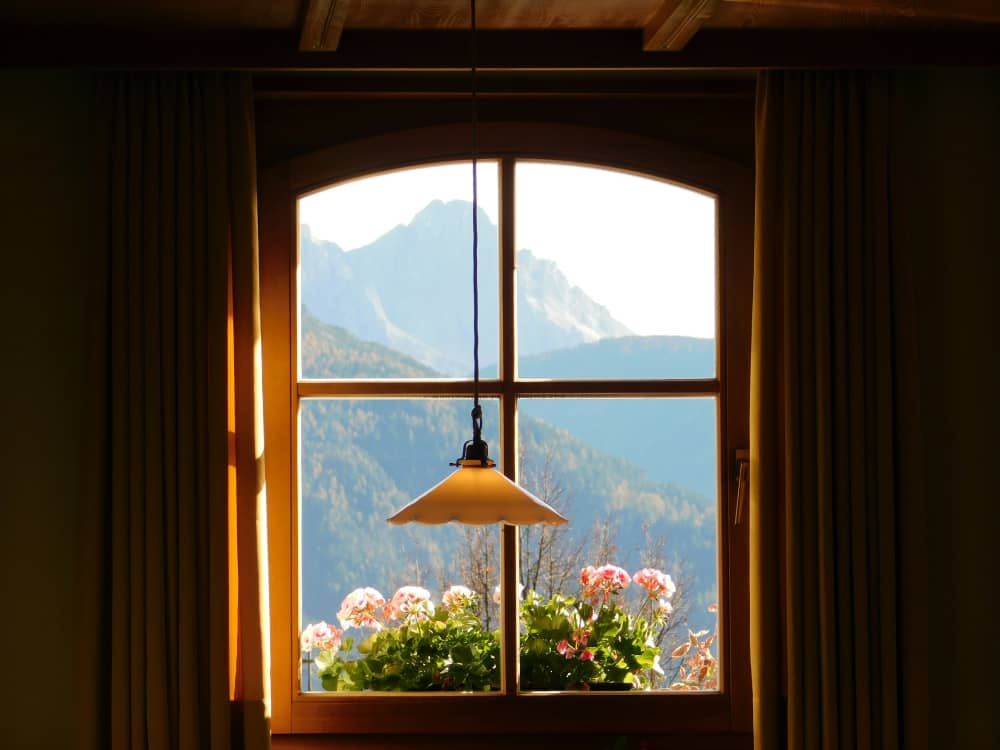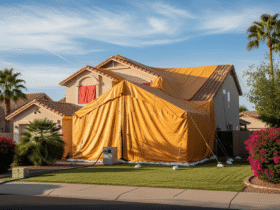2014 statistics from the World Health Organization concluded that over 7 million deaths per year were linked to indoor and outdoor air pollution. Mold is one of the culprits impacting our air quality and is likely covering the surfaces of your home. Unhealthy levels of mold are harmful, especially to those with allergies, respiratory concerns, and poor immune systems. How can you protect yourself from this silent killer? Keep reading to learn about the five most common types of mold in homes. As well as potential risks of mold and how to prevent them.
1. Types of Mold in Homes: Alternaria
Alternaria can grow successfully in many different conditions. This type is especially dangerous because it creates spores that are made to travel easily through the air. Produce, plants, furniture, and carpeting are several areas this mold may target.
High levels of Alternaria are likely to cause asthma and other allergic reactions. Professional air testing is recommended for detection.
If there are any concerns regarding Alternaria or other different types of mold in the house, the Centers for Disease Control is a great resource for information.
2. Aspergillus
Aspergillus mold has several different species, all of which can be found indoors. Some of the more common species are likely to grow on dead leaves, compost, and on food such as nuts, rice, grains.
Aspergillus is most dangerous when breathed in, and therefore has the greatest impact on the lungs and can cause other pulmonary issues with exposure.
3. Aureobasidium
Aureobasidium is common in areas of the home that are especially moist or humid, such as the kitchen, bathroom, and laundry room. Breathing in high volumes of the mold will lead to allergic reactions.
Looking for pink or black spots can be helpful for identifying mold of this type.
4. Cladosporium
Cladosporium appears in similar environments to aureobasidium because it grows on dark, moist surfaces. Areas of your home that have experienced leaks or water damage may be a breeding ground for this type of mold.
Skin infections are the most common health concern resulting from this mold.
5. Stachybotrys
Stachybotrys, more commonly known as black mold, will grow anywhere in your house that has plenty of moisture. As you can guess from its name, it appears dark green, or black, in color.
This mold, like other types, can release toxins, and symptoms of exposure may be trouble breathing, itchiness, and a runny nose.
Those most at risk are on either end of the age spectrum (very young or old), those with preexisting lung conditions, and those with poor immune systems. This is why it’s important to pay attention to signs of black mold-like dark rings on your floors or a musty smell.
Staying Safe
The best recommendation I can offer for keeping you safe from types of mold in homes is to prevent moisture and reduce humidity, which benefits mold growth. Utilize cleaning products that target mold in susceptible environments. Lastly, contact professional cleaning services if the mold has become too tough to handle.
For more information regarding home improvement tips and other useful guides, check out the rest of our site!










Leave a Reply